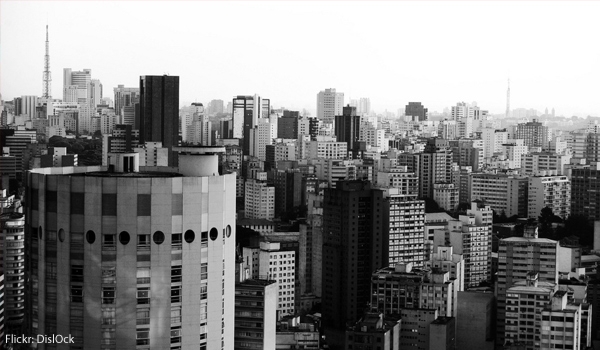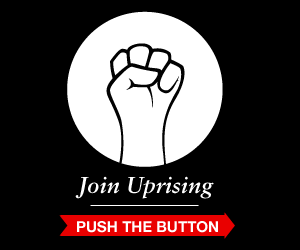Restlessness of Visual Pollution and the Alternative Idea [Update]
Posted on 16th Apr 2012 by Mehdi Mollahasani in Blog
In 2006, São Paulo passed the Clean City Law to combat pollution of water, sound, air and visual. This law put a complete ban on all outdoor advertising. At first there was major opposition from the business community, but today there is barely any opposition even within the advertising and marketing community. According to a 2011 survey, majority of city residents enjoy seeing their city without all the clutter and visual pollution. For marketers, the money originally allocated to outdoor advertising is now being used in a more creative way. Lalai Luna, co-founder of the ad agency Remix, told the Financial Times in 2010. “São Paulo started having a lot more guerilla marketing [unconventional strategies, such as public stunts and viral campaigns] and it gave a lot of power to online and social media campaigns as a new way to interact with people.”
São Paulo was not the first to ban outdoor advertising. Vermont, Alaska, Hawaii, and Maine among other U.S. towns also prohibit billboards in their jurisdictions.Vermont's landmark billboard law was passed in 1968. Even though São Paulo was not the first to enact this law, it was the first major global city to take on this initiative. Consequently, São Paulo has become an inspiration for other cities in their fight to ban outdoor advertising. Montreal borough of Plateau Mont-Royal and Oakville, Ontario have both passed laws to ban billboards. Nevertheless, they are currently being sued on the grounds of freedom of speech. City of Toronto took another route and passed a law to tax billboard signs based on their size, sign type and copy type. However, a court ruling only allows the tax to be implemented on new billboards.To make the situation worse, Rami Tabello, the founder of Illegal Signs, estimates that about half the signs in Toronto are actually illegal.
Update: The City of Toronto won an appeal in April, 2012 that would reverses the earlier decision and also apply the Third Party Sign Tax on all legal billboards installed before April, 2010.
As the restlessness of visual pollution continues to grow, more cities will join the movement to ban outdoor advertising. The first response from media companies has been to sue and try to repeal the laws.This has only increased the anger and the passion of the true believers who are fighting for a more clean and beautiful city.
Unlike television, radio, magazine and other media platforms, outdoor advertising does not offer any content. Also individuals do not have the option to change the channel, flip the page or close their browser. Outdoor advertising is imposed on city residents without their consent or any benefits to their neighbourhoods. Aside from the media companies, the only other individuals who receive any benefit are the owners of the private properties that the ads are displayed on. However, the scenery around the billboards does not belong to the private property owners or the media companies. Anyone familiar with outdoor advertising would know that advertisers purchase Out-of-Home ad spaces based on Gross Rating Point (GRP), which is a formula used to measure the size of an audience reached. All media platforms function in a similar way, advertisers pay per reader and not necessarily per paper. Without the reader, the paper is irrelevant; the same way without the city residents, the walls become irrelevant.
Currently there are two approaches to the problem of outdoor advertising. One is the São Paulo option, which bans outdoor advertising all together. The second option is to tax outdoor signs and use some of the funds towards local arts and culture, such as Toronto’s Third Party Sign Tax. The problem with this tax is that a billboard in the outer city areas has the same tax as the downtown core.
I am proposing an alternative idea which is a business model integrated in the community. This is a triangular business model that has a relationship with the media companies, the private property owners and the neighbourhood which the signs are displayed in. This relationship will not be based on taxes but on fees which will be measured by GRPs. The fees increase, as a community gathers a larger audience in their neighbourhood for their local festivals. Television works in the same way. This is a reason why a 30-second Super Bowl ad costs $3.5 million. As this business model develops and as the community takes on their role as content providers, we will start to see more major events such as the Caribana and the Pride Parade. These events will bring thousands of eyes to the city, which will help both the media companies and the community. By making the community a stakeholder, media companies can find themselves a bigger ally whose interest is crucial to the future of the industry.
Before the restlessness reaches the tipping point and brings an end to the industry, immediate dialogue needs to take place to create an alternative idea. If we can spark a movement, then we should also be able to slow one down or better yet, reroute it to a different course that will have a place for us in the future.
blog comments powered by Disqus







